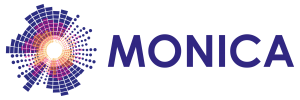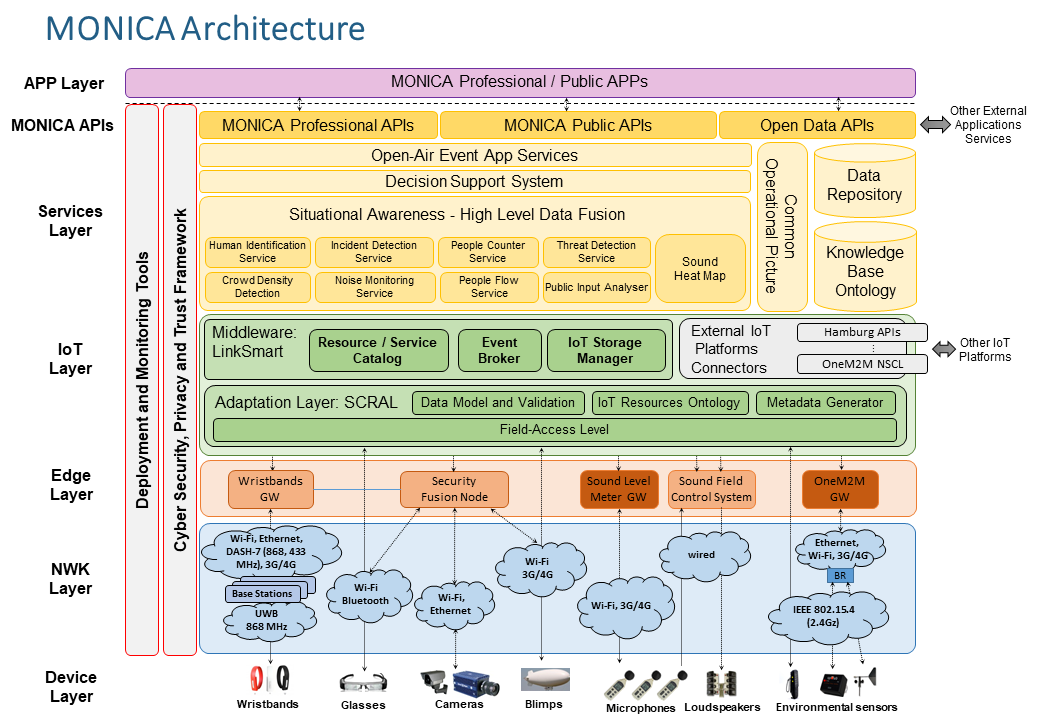The IoT (r)evolution presents considerable challenges and demands to today’s data communications networks which will have to perform with billions of devices connected to the internet. And it is not only a question of network capacity.
First of all, the IoT devices behave differently from humans on the network and therefore have other requirements: they usually require low bandwidth and frequent connections, sending small packets of data. They also demand longer connection ranges and connections at remote, underground places which are not easily reached. Deployed at a high density, they risk interfering with each other in their communications, affecting device and network performance.
On top of this, the connected devices must be low-cost, have carrier grade reliability and open standard interfaces so that they can communicate with other devices.
And finally, the operator must ensure that the devices and networks are secure and protected from unauthorised access in a situation where everything is connected to everything and everybody.
MONICA, first of its kind
As a first mover, MONICA will demonstrate how it is possible to securely, and with a low probability of interference, operate a very dense cloud of different IoT-enabled devices and networks, simultaneously active in a large crowd.
The devices include IoT wearables (smart wristbands, smart glasses) as well as mobile and fixed devices (mobile phones, airships, video cameras, loudspeakers).
Key to MONICA is the use of open, ETSI and global standards to ensure that devices and applications cause a minimum of interference and that they are interoperable and transferable. The aim is to have at least 10,000 users simultaneously using applications, making MONICA a massive IoT platform demonstration.
Open communications standards for IoT
Today, several market players offer network solutions customised for IoT deployment. These range from the traditional telecommunications operators to independent suppliers of IoT networks. Some are proprietary or closed-standard, non-interoperable solutions, others are based on open-source, global standards.
As far as possible, the MONICA IoT platform will be based on open, ETSI standards and 3GPP global specifications to ensure interoperability between devices provided by different manufacturers, and applications developed by different software factories. Most importantly, 3GPP are proposing technical solutions for IoT networks with cellular IoT networks and 5G technologies that can enable the “billions of IoT devices” scenario with economies of scale.
Thus, the platform integrates the existing mobile telecommunications standards (3G/4G) and the 4G NB-IoT technology which is targeted IoT deployment. A disruptive evolution is currently happening in the 5G network technologies which will be available on the market in the next years. MONICA will be pioneering in this band, deploying also IoT devices in the 3.4 GHz band identified for 5G and based on the advanced UWB technology, which is currently mature.
Central to MONICA is also the global OneM2M specifications which enable development of harmonised IoT standards, allowing the operator to connect devices, applications and services regardless of the baseband technologies used.

